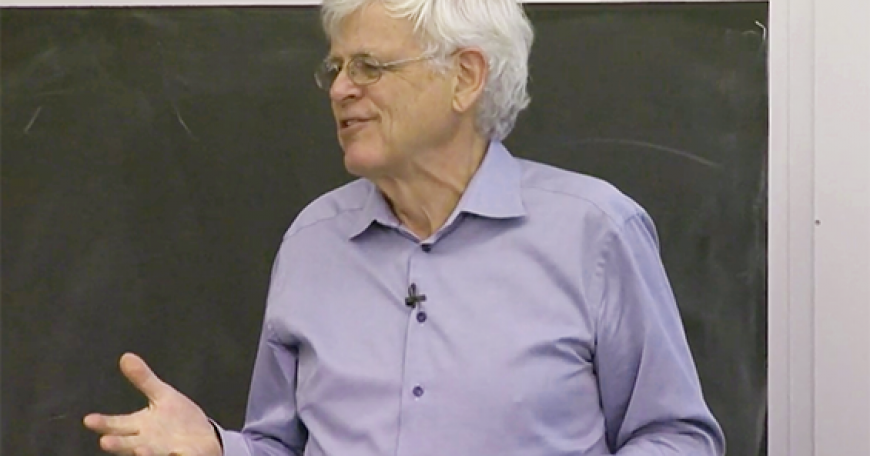
5 Things You Missed if You Missed Robert Sedgewick’s xTalk
A beloved professor at Princeton and acclaimed author of online course materials, Robert Sedgewick introduced a “21st Century Model for Disseminating Knowledge” at last week's xTalk. With faculty to student ratios dropping, the emphasis on research, and ineffectiveness of large live lectures, Sedgewick discussed the success and challenges of a new model of education based on interactive pre-recorded lecture videos.
- Current university systems compensate professor based on research quality, not a commitment to teaching. Therefore, the motivation to spend hours preparing high quality lectures semester after semester is severely lacking, particularly among CS faculty, who are already overwhelmed by enrollment numbers.
- What is the role of libraries in the 21st century? Sedgewick joked that libraries ought to be converted into offices for CS faculty. On the other hand, he stresses that university must play a major role in the shaping of a new educational infrastructure. If traditional libraries and textbooks are becoming ineffective, then universities should take the lead in pioneering technology-based models.
- Developing open online courseware presents major, often unseen challenges. From legal issues to accidentally crashing Amazon, Sedgewick shared both the frustrations and eventual successes of the online educational content which now includes automatic assessments and state-of-the-art slides.
- In a pilot run within an introductory CS class at Princeton, Sedgewick introduced weekly video lectures paired with small group discussions and interactions with graduate students. 82% of students responded positively to this model which encourages “active participation in consuming lecture content.” Since students can watch at their own pace, Sedgewick emphasized that no one is left lost, bored, or absent. A hidden advantage to the model is the diversity among students who now have access: from athletes who can now fit the lectures into their schedule, to more timid students who can rewatch the material, to experienced CS students who can watch at 3 times the speed.
- Sedgewick took time to address concerns about the assumed failure of video lectures to provide personal or meaningful interactions between teacher and student. On the contrary, students report actually feeling more connected to the instructor by actively choosing when to engage with the material, which can be personalized to their pace and needs. Students still interact with each other and with teacher assistants in small groups. These also report greater efficiency and focus on overarching concepts relevant to the entire group, rather than small details that only a subset of students missed in lecture.
From the perspective of a student who spends a large fraction of the day in a lecture hall, the idea of high quality online lectures to be consumed at my own pace is extremely attractive…for certain subjects. Sedgewick makes a valid point in emphasizing the advantages of the model particularly for CS courses. However, it is difficult to imagine teaching language or art, as effectively as in a live lecture. Nevertheless, Sedgewick’s talks presents a glimpse into the future of university education in the context of 21st century technological development and progress.
 Zoya Fan, MIT '19, is majoring in Biology and Global Studies
Zoya Fan, MIT '19, is majoring in Biology and Global Studies

